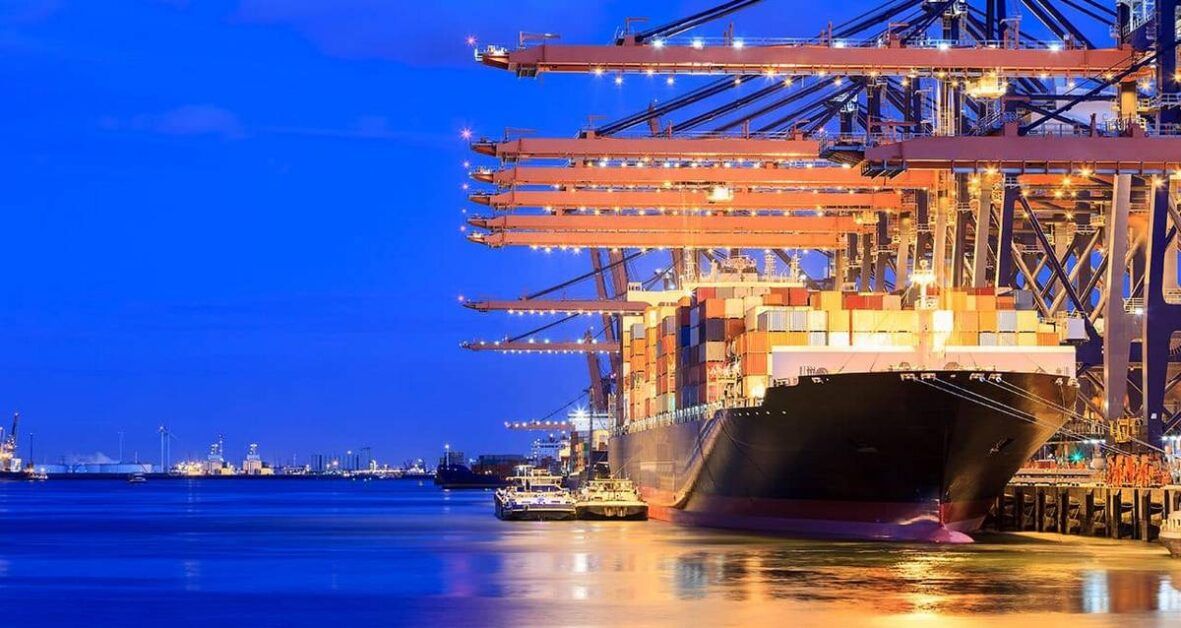In the region’s biggest seaport in Rotterdam, port authorities and major energy companies are developing a large-scale network that will include clean power supplied by offshore wind farms, as well as hydrogen production and pipelines to ship the fuel to manufacturers on-site and inland.
The European Union is helping finance the bloc’s green transformation: It has already allocated more than €16 billion ($17.4 billion) for hydrogen-related projects and will award another €5 billion in aid to key cross-border initiatives around November.
“Ports will be more than leaders in the energy transition; they will help green Europe and trigger a clean shift in the sector globally,” said Ruud Kempener, a member of the EU energy commissioner’s political office. “Hydrogen production can be developed there with wind energy and then distributed across Europe. Harbors are already transitioning to clean sources of energy, as is the industry around ports.”
As part of its RePowerEU strategy to shift away from Russian fossil fuels and accelerate the green shift, the 27-nation EU pledged to produce 10 million tons of renewable hydrogen — made with renewable power breaking up water molecules — and import another 10 million tons by 2030. Ports are set to play a strategic role in the development of the market, both as hubs for imports, as well as investors in infrastructure to produce, store, and distribute hydrogen.
By 2050, as much as 42% of total demand for hydrogen in the EU could be located in port areas, mostly driven by industries and the international shipping sector, according to a study by Deloitte Belgium. Hydrogen has the potential to replace natural gas in heat generation for industrial processes and become an important energy carrier in aviation, shipping and heavy road transport.
The Port of Rotterdam plans to provide the northwestern part of the continent with at least 4.6 million tons of hydrogen by the end of this decade, contributing to nearly a quarter of the overall EU goal. Under a project co-financed by the Dutch government and companies including Shell, BP and Air Liquide, production plants, or electrolyzers, will be located in 24 hectares of reclaimed land close to the Maas River, or Maasvlakte, and powered by offshore wind farms. The project is to be ready by 2025 and the port expects its capacity to eventually reach 2-2.5 gigawatts by 2030, becoming the largest electrolysis production site in the EU.







